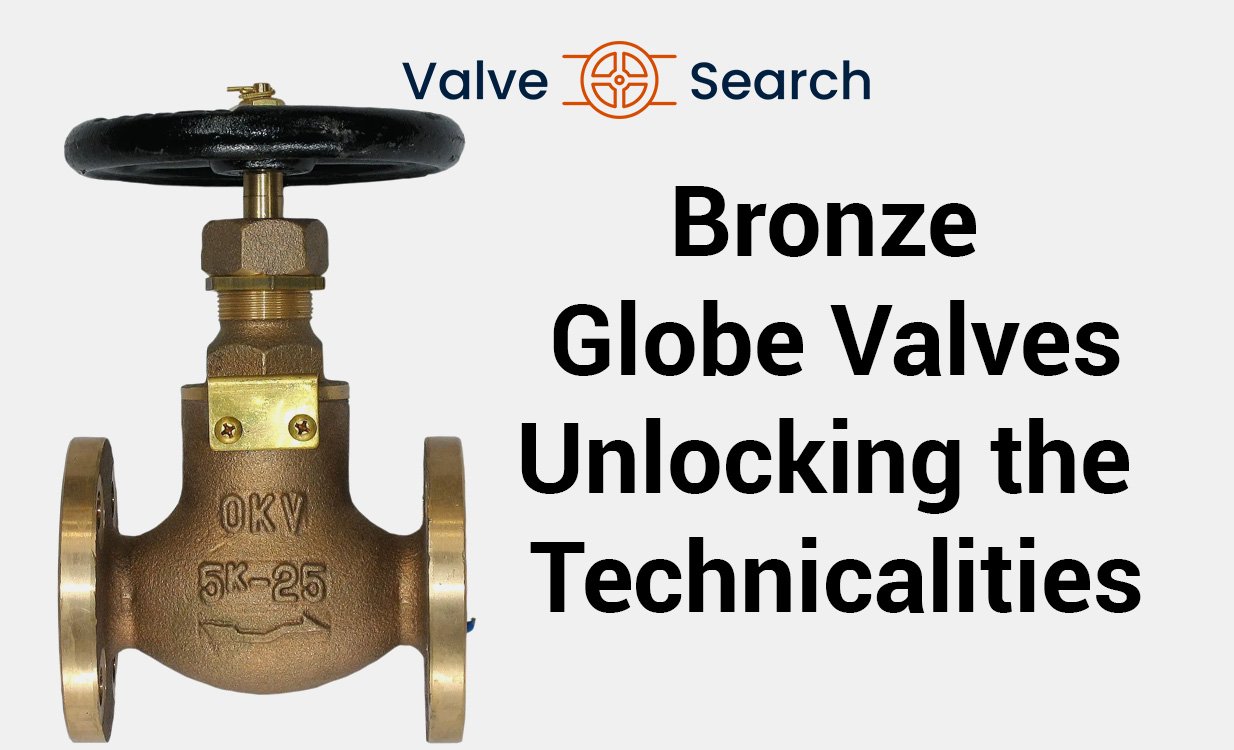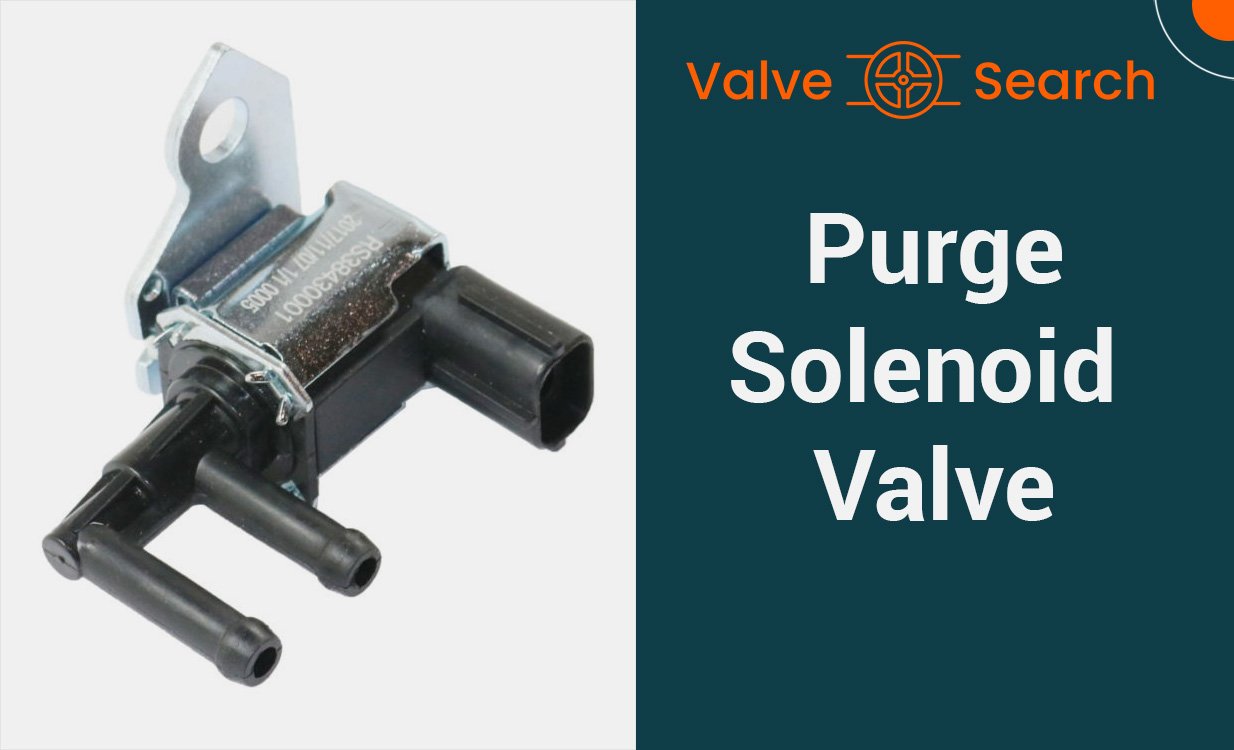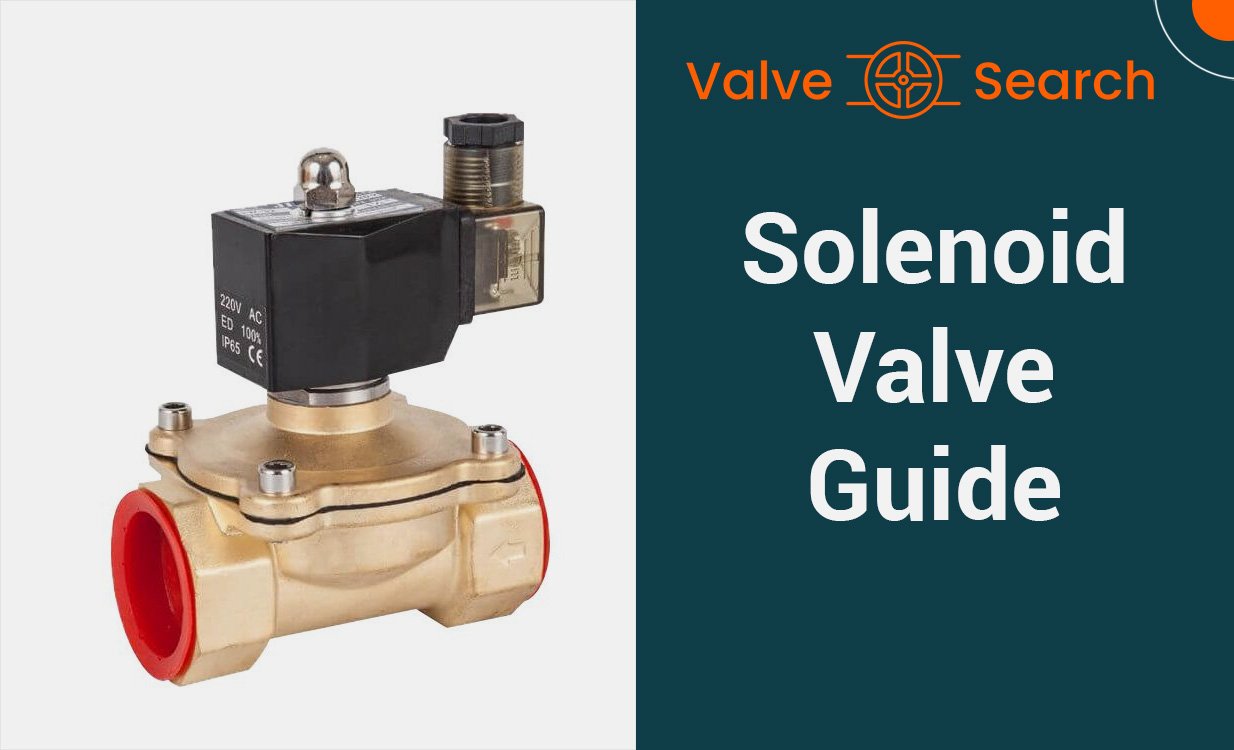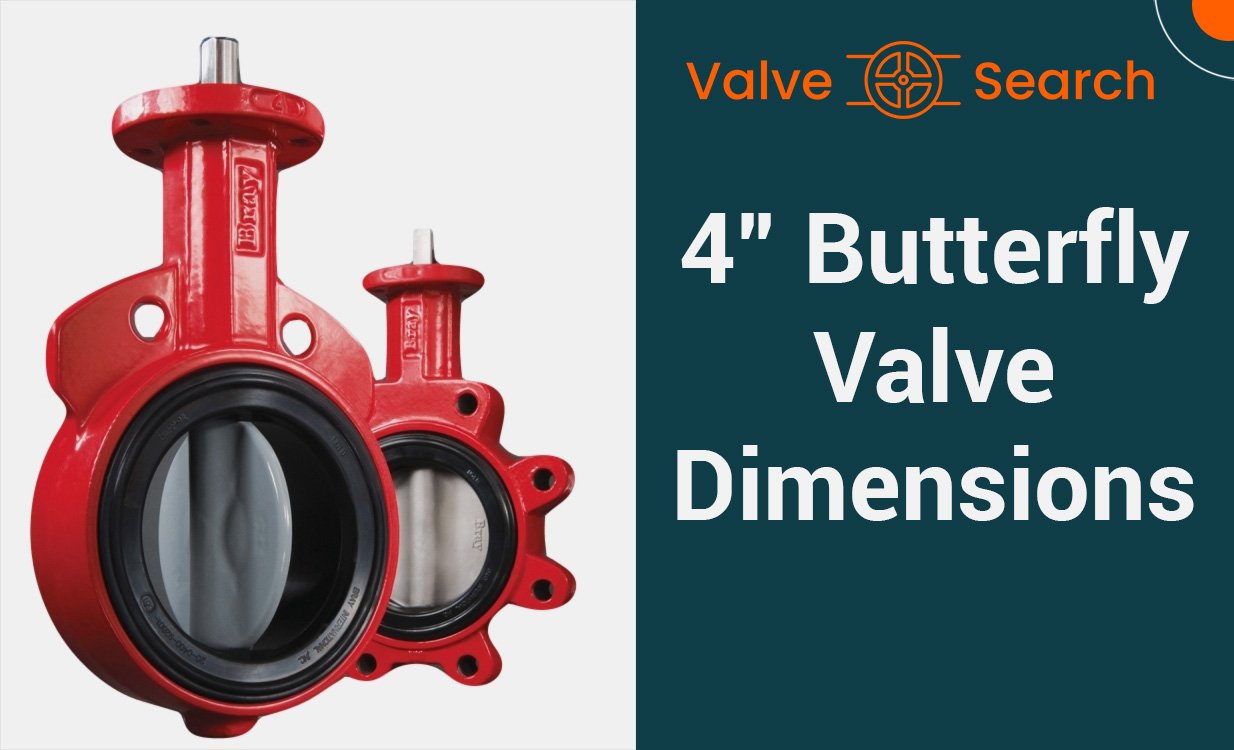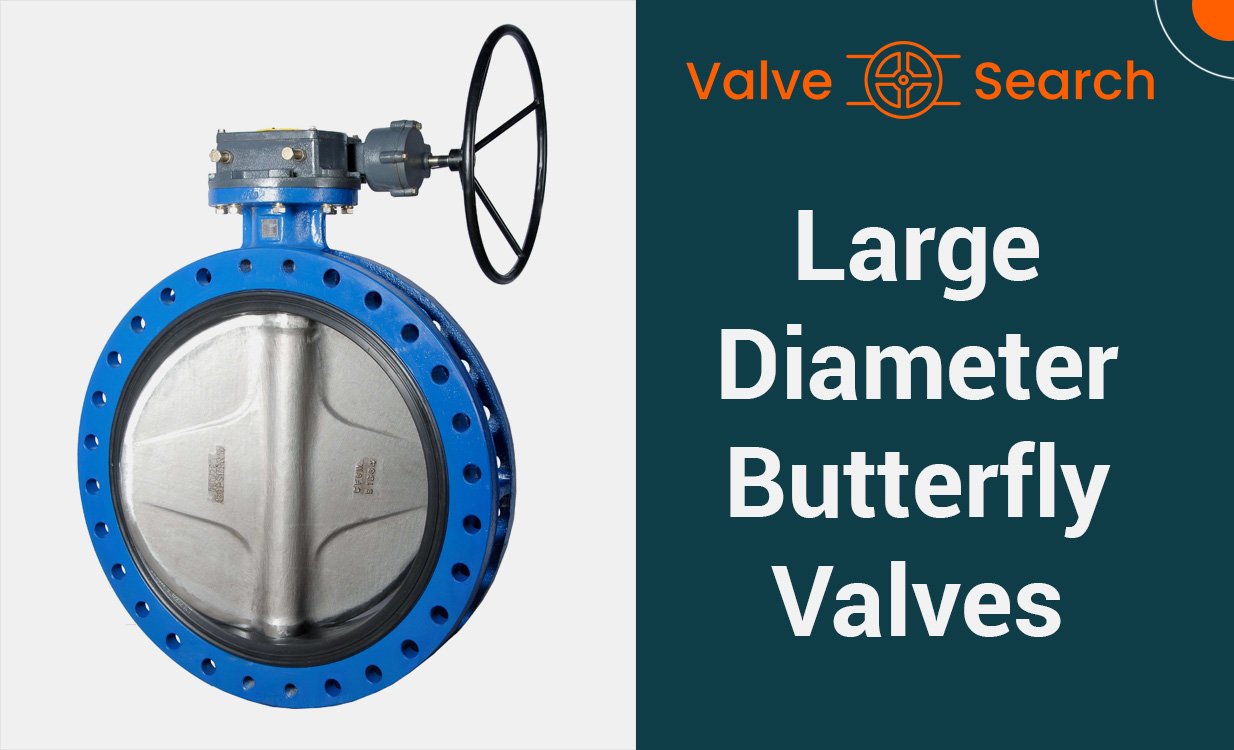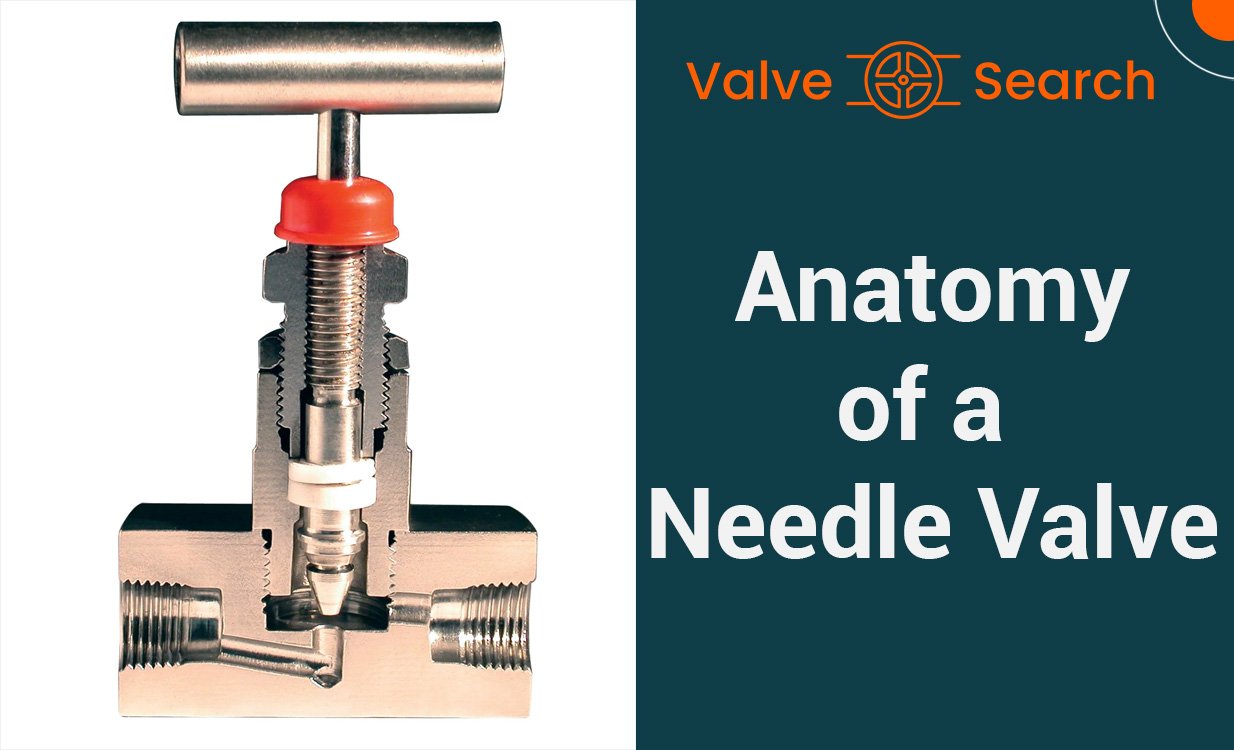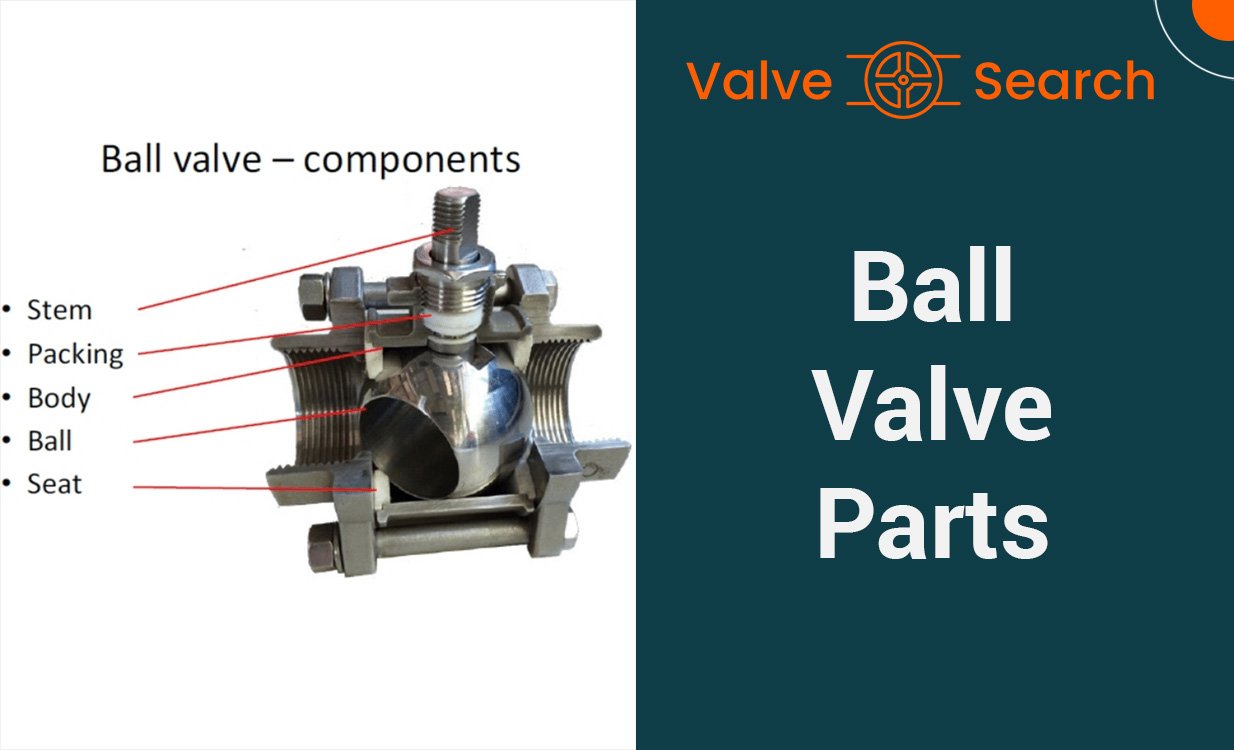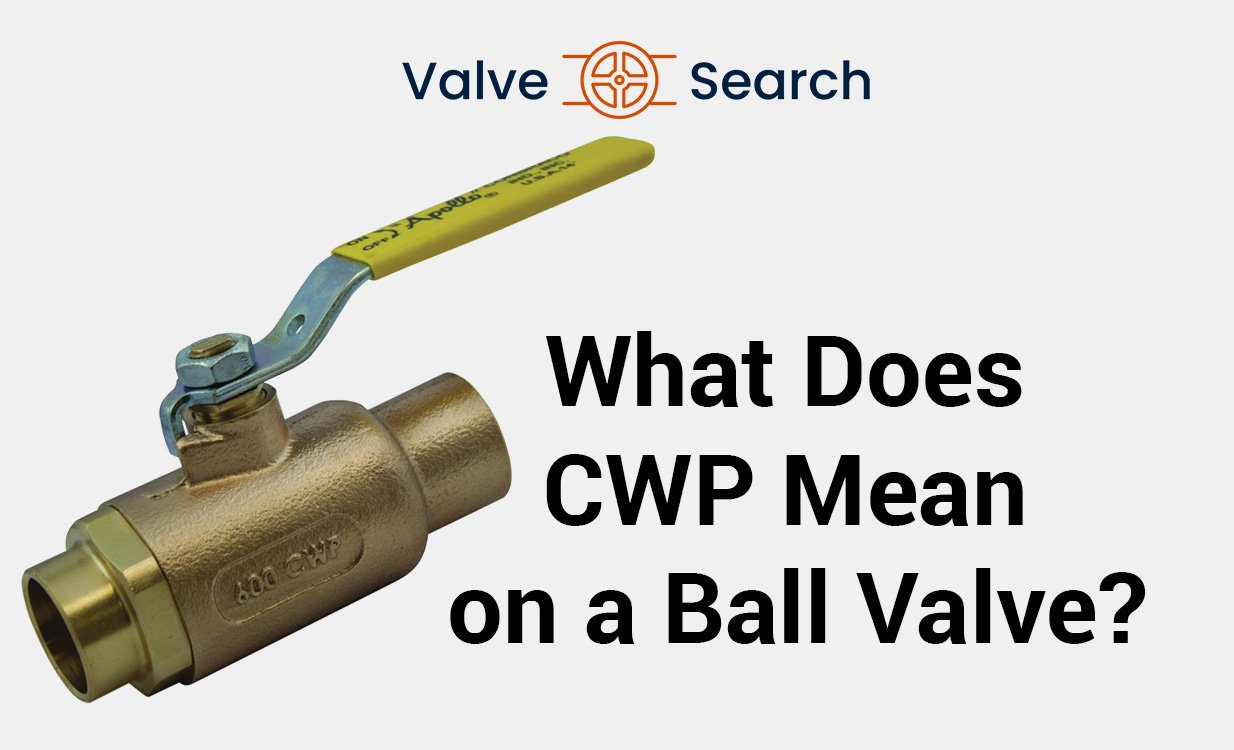What is a PCV Valve? Explaining its Purpose and Function
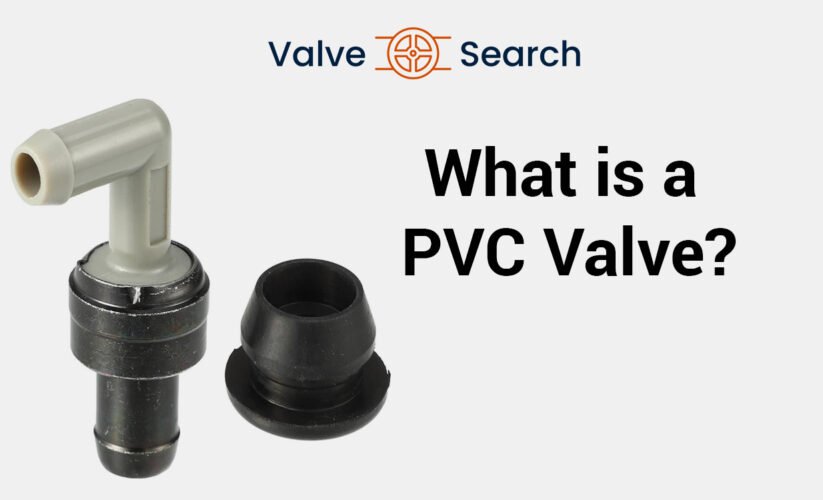
Intro
If you’ve ever poked around under the hood of your car, you may have come across a small, seemingly insignificant part known as the PCV valve. While it may not look like much, this little component plays a significant role in the overall function of your vehicle. But what exactly is a PCV valve, and what does it do? In this blog post, we will delve deep into the intricacies of this often overlooked car part.
What is a PCV Valve and What does it do?
A PCV (Positive Crankcase Ventilation) valve is a vital part of your vehicle’s engine system. This small, one-way valve serves to remove the gases, or “blow-by,” that leak past the piston rings and into the crankcase, a phenomenon that occurs as part of the engine’s operation. Rather than letting these gases stay trapped within the crankcase or escape into the atmosphere, the valve redirects them back into the intake manifold. This action not only helps to keep the engine clean and reduces pressure build-up but also facilitates better fuel efficiency by recycling these gases.
Additionally, by preventing these gases from being released into the atmosphere, the valve helps to minimize vehicle emissions, making it a key player in emission control. In essence, the PCV valve serves a dual purpose: it ensures optimal engine performance while also contributing to environmental conservation efforts.

What is the Purpose of a PCV Valve?
The primary purpose of the PCV valve lies in regulating and controlling the release of harmful gases produced by your car’s engine. This essential component ensures these gases, known as “blow-by,” are recycled back into the intake manifold and not expelled directly into the environment. The recycling of these gases not only improves the engine’s efficiency by preventing pressure build-up in the crankcase but also enhances fuel economy.
Another key role of the PCV valve is to protect the engine from the damaging effects of these gases, including the build-up of harmful sludge and the corrosion of engine parts. Therefore, the purpose of the PCV valve extends beyond just environmental conservation. It significantly contributes to the longevity and efficient performance of your vehicle’s engine, ultimately enhancing the overall driving experience. In essence, the PCV valve is a silent caretaker, diligently preserving your engine’s health while also safeguarding our environment.
The Significance of the PCV Valve in Emission Control
The PCV valve holds a crucial role in emission control – a key aspect of environmental protection. As the engine operates, it generates various gases. Some of these gases, if not properly managed, can slip past the piston rings and accumulate in the crankcase. Left unchecked, these gases would eventually be expelled into the atmosphere, causing air pollution.
However, the PCV valve prevents this from happening. It manages these gases, often referred to as “blow-by,” by redirecting them back into the combustion chamber. Once there, they are burned off effectively. This process significantly reduces the volume of harmful emissions released into the environment, thereby promoting better air quality.
To clarify, the PCV valve doesn’t just help your engine operate more smoothly; it also acts as a steward of the environment. By managing and controlling the “blow-by” gases produced by your engine, this valve ensures that these gases are properly processed, reducing their environmental impact. In this way, your car’s PCV valve contributes to preserving our air quality, one combustion cycle at a time.
Understanding the Functioning of a PCV Valve
To comprehend the functionality of a PCV valve, we first need to understand how it uses manifold vacuum. Manifold vacuum, a force created during the operation of the engine, pulls the blow-by gases out of the crankcase. After this, the valve directs these gases into the intake manifold, a part of the engine that supplies the air-fuel mixture to the cylinders. Once these gases reach the intake manifold, they are returned to the combustion chamber where they are re-burned, transforming them into less harmful emissions.
The operation of the PCV valve is not static; it adjusts according to the engine’s operating conditions. Under normal conditions, the PCV valve allows only a small quantity of blow-by gases to be rerouted. However, when the engine is under high load or operating at high speed, it produces more blow-by gases. In response, the PCV valve opens further to permit a larger volume of gases to be redirected back into the engine.
This dynamic function of the PCV valve plays a vital role in keeping the engine efficient while curbing the release of harmful emissions into the environment. Thus, understanding the function of a Positive Crankcase Ventilation valve helps you appreciate how this small part contributes to engine performance and environmental protection.
Importance of a Well-Functioning PCV Valve
A properly operating PCV valve is fundamental for maintaining your car’s engine health and overall performance. If this vital component becomes clogged or starts to malfunction, it can trigger several negative impacts. Increased oil consumption, oil leaks, a decline in fuel efficiency, and a surge in harmful emissions are among the potential issues.
Furthermore, a faulty valve can lead to the creation of detrimental sludge in your engine oil. The presence of this sludge can interfere with the lubrication process within the engine, causing increased wear and tear on its components. In the long run, this could potentially shorten the life expectancy of your engine.
It is important to note that the PCV valve is not a static part that operates in a set pattern; it adjusts according to the engine’s operational conditions. Therefore, a dysfunctional valve can throw off the engine’s balance and hamper its ability to effectively manage blow-by gases, ultimately affecting its efficiency.
Given these potential issues, regular checks on your PCV valve are essential. It’s recommended to replace the valve periodically as part of routine car maintenance, even if it appears to be functioning correctly. This proactive approach will not only enhance your car’s performance and longevity but will also contribute to reducing its environmental impact. By understanding the importance of a well-functioning PCV valve, you’re taking an important step toward better vehicle maintenance and environmental stewardship.

